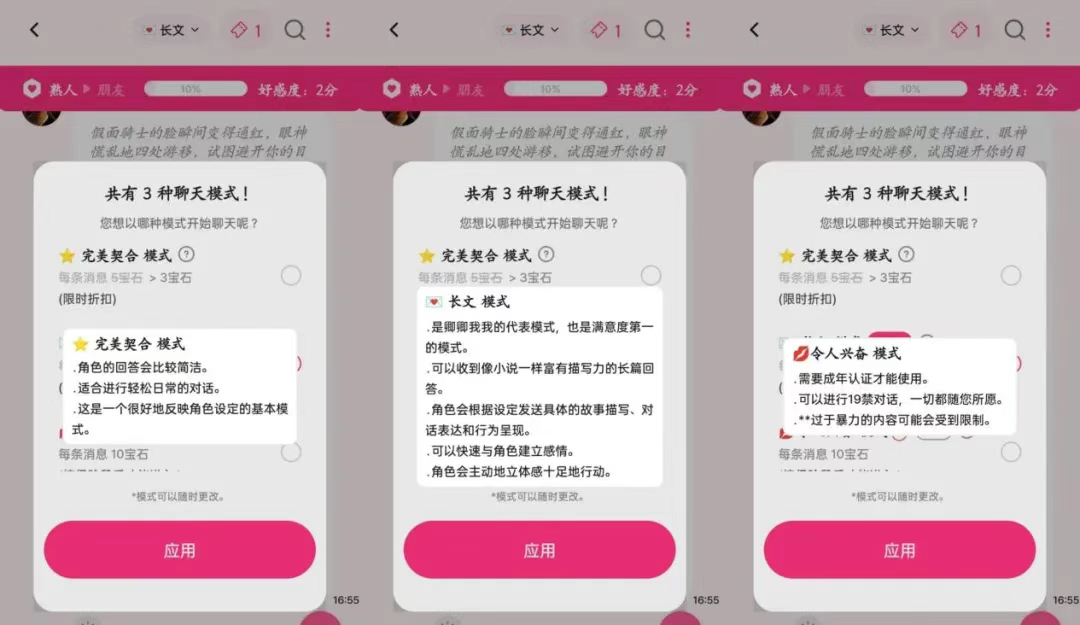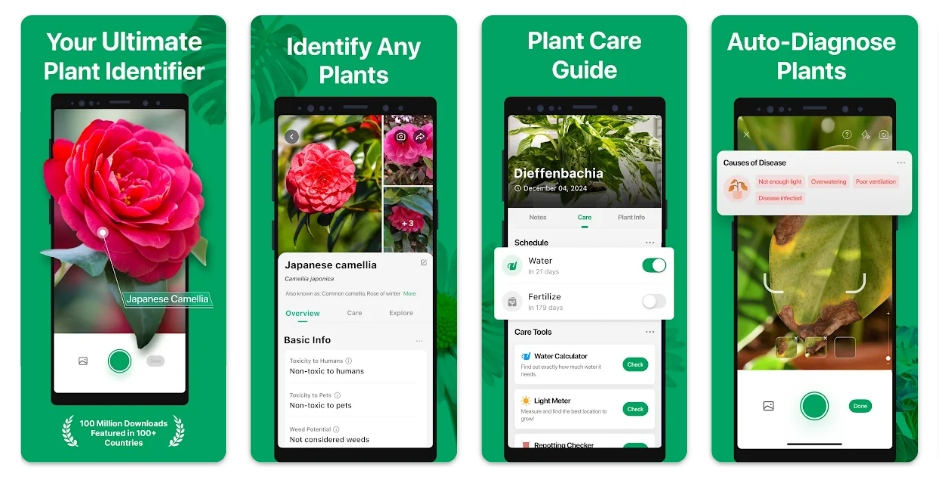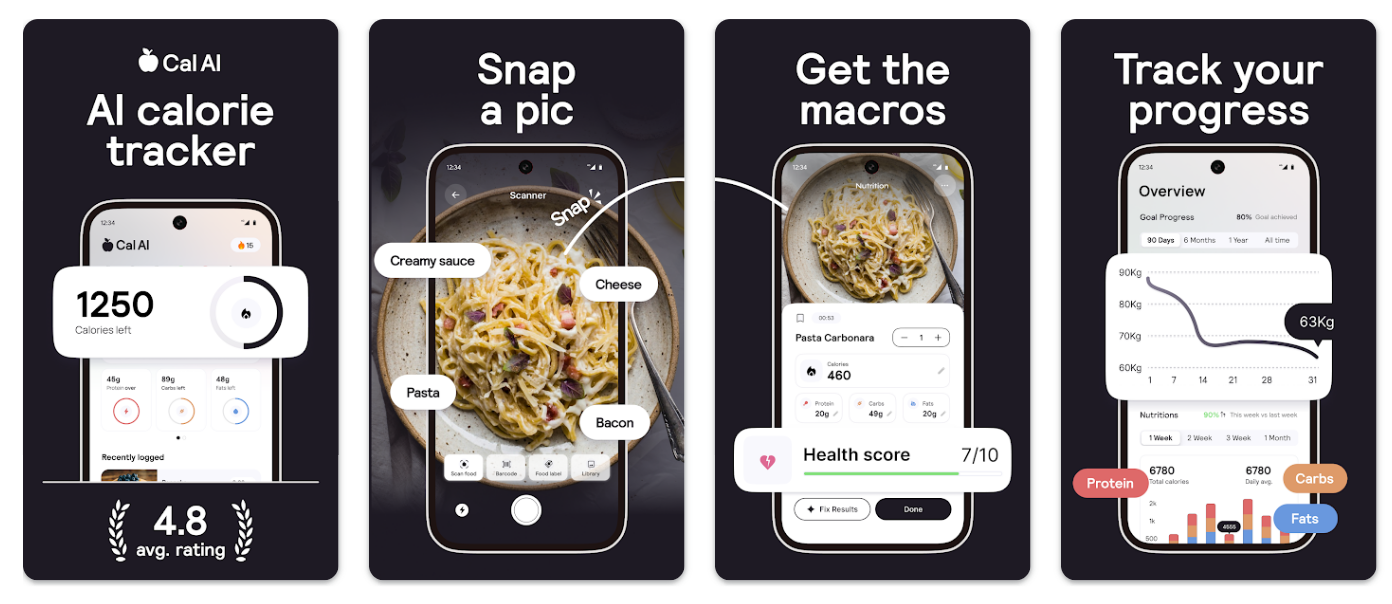Niche and Profitable: How Three Vertical AI Apps Conquered the Global Market

In today's rapidly evolving AI landscape, competition among general-purpose tools like ChatGPT and Midjourney has become fierce. However, a group of seemingly "niche" AI applications has quietly risen to prominence by targeting underserved market segments and combining technology with specific scenarios. These apps have successfully carved out their own blue oceans in the highly competitive red sea.
This article examines three representative applications—LoveyDovey (emotional companionship), PictureThis (hobbies and interests), and Cal AI (health management)—to explore how AI applications can break through with differentiated strategies.
Targeting the "Emotional Needs" of Specific Groups
Product design should not only focus on functionality but also on emotions. Users are influenced by emotional factors when using products. A product that can touch users' emotions is more likely to win their love and loyalty.
Japan and South Korea are regions where idol, otome (romance-themed), and anime cultures are highly developed, with large target groups and active "fan economies." These fans have a high level of enthusiasm and interest in idols and desire more interaction and communication with them. LoveyDovey has successfully broken into the market by combining AI technology with the idol-chasing phenomenon, creating a unique virtual companionship world for users. The app uses a "affinity" mechanism, various chat modes (such as "perfect match mode" and "long sentence mode"), and private rooms to simulate a realistic romantic experience, giving users a strong sense of connection as if they are in an intimate relationship with their idols.

Compared to competitors like Character.AI and Talkie, LoveyDovey has chosen to focus on the "otome/romance girl" demographic in the social companionship field. By offering a more realistic experience, it has successfully stood out.

Data shows that LoveyDovey quickly gained a large number of users after its launch. It has nearly 300,000 weekly active users and over 800,000 weekly installations. Moreover, through paid subscriptions and virtual gift purchases, LoveyDovey generated a total revenue of $7.8 million between 2023 and 2024, ranking first globally among AI companion apps. This not only proves its popularity among users but also demonstrates the feasibility of its business model.
"Hobbies" Are a Lucrative Business
The idea for PictureThis originated from a small real-life scenario encountered by its developer, Chen Mingquan. One day, while taking a walk, he was asked by a child about the names of roadside plants but couldn't answer due to his science and engineering background. This experience led to the creation of PictureThis.

In economically developed Western countries with abundant material resources, "hobbies" can be a lucrative business. For example, fishing, outdoor activities, and gardening are niche areas that can generate unexpectedly high profits. The success of PictureThis lies in its precise targeting of a niche market. Plant identification is a relatively niche but clearly defined field, and PictureThis has specialized in it through the in-depth application of AI technology. Even with many competitors, PictureThis still outperforms them in terms of recognition accuracy, speed, and data richness.
Users can quickly obtain detailed information about plant species, habits, and care methods by taking pictures of plants with PictureThis. It not only provides a convenient way for plant enthusiasts to acquire knowledge but also enhances user engagement and stickiness through community interaction and expert consultation features.

Today, PictureThis has become an indispensable tool for plant enthusiasts and gardening experts. According to GameLook, the app has been downloaded over 100 million times and has generated an estimated revenue of over $3 billion, with a monthly revenue stream of approximately $80 million.
Uncovering New Growth in the "Health" Track
Health is a lifelong pursuit for everyone and has a commercial value that leads other industries. However, the health track has long been a highly competitive red sea. Can AI technology create new growth opportunities in this field?
The design concept of Cal AI is simple: to help users manage their health by using AI image recognition to identify the calories and macronutrients in food. Unlike traditional calorie-tracking apps that require manual input, Cal AI stands out with its more convenient, efficient, and flexible user experience. Technically, Cal AI uses advanced models such as Anthropic, OpenAI, and RAG to improve recognition accuracy and trains on open-source food calorie and image databases from platforms like GitHub. Its recognition accuracy has reached 90%, which is sufficiently reliable for many health-conscious consumers.

Moreover, the success of Cal AI is also due to its effective marketing. The topic of "calorie counting" is highly popular on social media, with over 147 million posts on TikTok alone. Based on this observation, Cal AI has conducted viral marketing through its official account, user-generated content (UGC), and key opinion leader (KOL) promotions, successfully expanding its influence.

Conclusions
A good product starts with customer needs, not technology. By analyzing the success of the three AI products—LoveyDovey, PictureThis, and Cal AI—we can draw the following conclusions:
- In a competitive market, products focusing on niche/vertical tracks have a higher chance of success.
- Specialization is a barrier to entry. Focusing on a specific area can create a product moat.
- Marketing is crucial. Identify hot topics and expand them through appropriate channels.
For other AI app developers, the success stories of these three applications provide valuable lessons worth in-depth study and learning.











